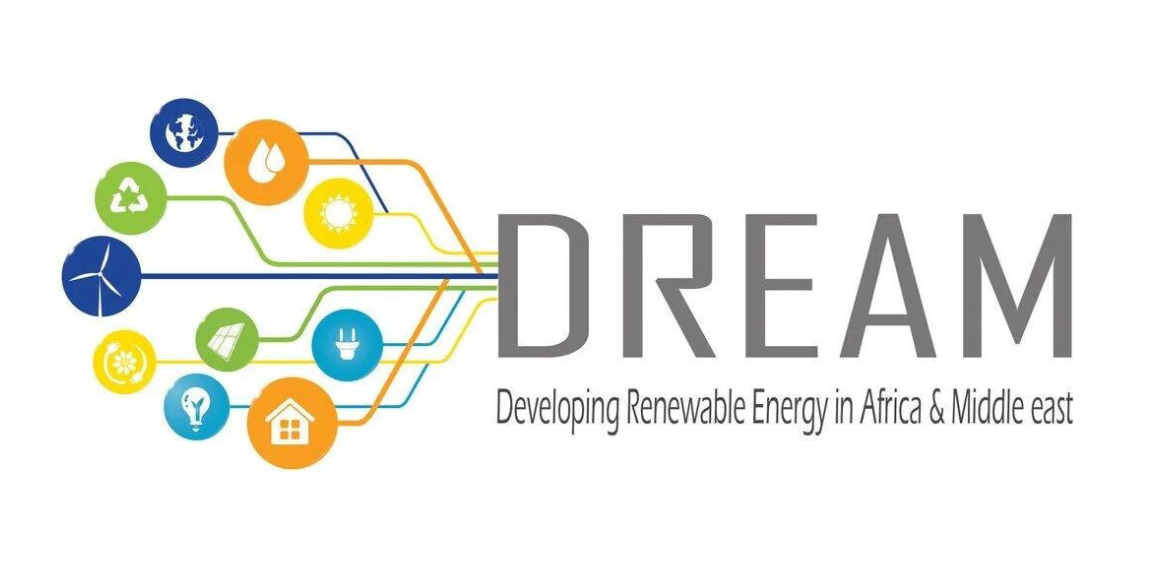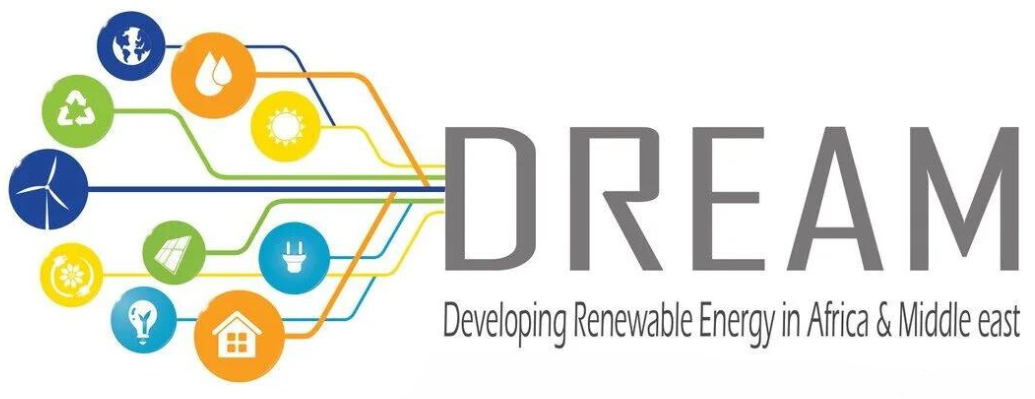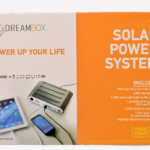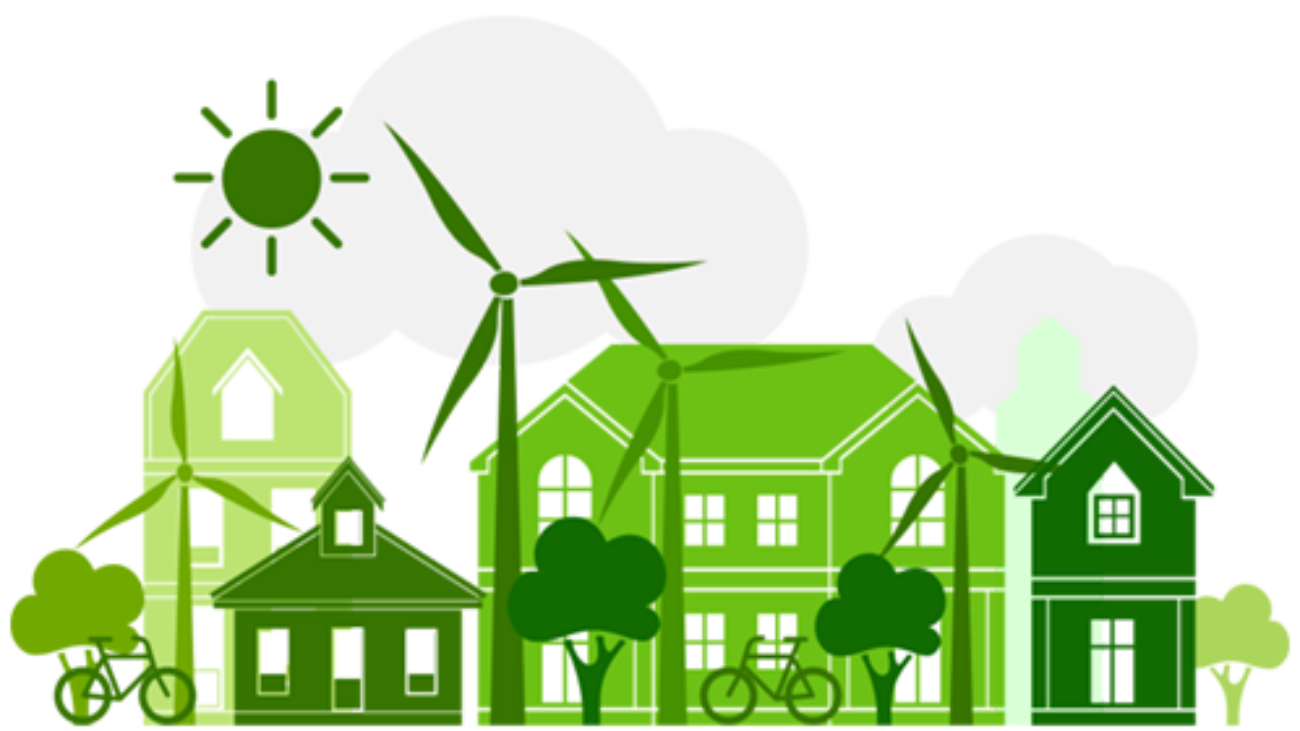GREEN SUPPLY CHAIN MANAGEMENT: GREEN & SUSTAINABLE PROCUREMENT
Green Procurement (GP) is defined as procurement of products, services and works that take into account environmental criteria and standards for protecting the environment and natural resources and minimize or mitigate the negative effects of human activities. Traditional procurement has focused upon value for money considerations. The aim and challenge of sustainable procurement is to integrate environmental and social considerations into the procurement process, with the goal of reducing adverse impacts upon health, social conditions and the environment, thereby saving valuable costs for organizations and the community at large. Sustainable procurement forms a key part of an overall push for sustainable development. Green Procurement ensures that purchasing or supply chain managers consider the issue of sustainability in the purchasing of inputs, in addition to the traditional purchasing criteria of cost, quality, and delivery. The benefits of green procurement include:
- Natural conservation. Green products are generally produced in a manner that consumes less natural resources and energy or uses them more sustainably from the process of acquiring raw materials, processing and manufacturing parts, transporting, use, and final disposal.
- Green procurement leads to waste reduction because green products are generally designed with the intention of reducing the amount of waste created. For example, they may contain recycled material or use less packaging, and the supplier may operate a ‘take-back’ programme.
- There are cost benefits related to green procurement. This is because green products consist of natural materials, which can be recycled, reused and also easily disposed of. So an organization can achieve lower waste disposal costs, waste treatment costs and energy costs. In addition, green products generally require fewer resources to manufacture and operate, so savings can be made on energy, water, fuel and other natural resources.
- Green Procurement decreases hazardous or toxic level since green products produce lower levels of hazardous and toxic materials in the environment.
- Long-term efficiency savings.
- Reducing the impact of hazardous substances on human health and the environment
- Encouraging innovation.
- Providing strong signals to the sustainable products market.
- Practical expression of organizations’ commitment to sustainable development.
Sustainable procurement is the process by which organizations buy assets, supplies or services by taking into account a number of factors including:
- Value for money considerations such as, price, quality, availability, functionality.
- The entire life cycle of products.
- Environmental aspects; the effects on the environment that the assets, supplies and/or services have over the whole lifecycle (“green procurement”).
- Social aspects: effects on issues such as poverty eradication, inequality in the distribution of resources, labour conditions, human rights, Fair-trade.
- Sustainable or recycled materials/products.
Buying products which are environmentally responsible can be a dicey occupation. Labelling and certification requirements vary, one may think that he or she is doing the right thing by purchasing a product which bears a “green” label and later learn that the product isn’t more environmentally responsible than that of a competitor, even though it’s more expensive. Good procurement officers will investigate their sources with care, taking the time to confirm that the claims made by a company are accurate and comparing data from different sources to see which vendor is the best.
Companies which engage in green procurement processes may be eligible for environmental certification, formal recognition from the government, and other perks. Projecting a sustainable image can also be a valuable marketing tool which a company may use to get an edge on the competition. Environmental advocates also point out that as more and more companies demand green procurement, the market for environmentally sustainable products expands, making them cheaper and easier to obtain.
Dr. Tara Lindstedt to join as Chair of IPM, the Wealth Creator & Asset Manager Focused on Transformational InfraTech Investments
We congratulate DREAM EP GLOBAL Energy’s Managing Director, Dr. Tara Lindstedt for her appointment as Chair of IPM ,the Wealth Creator & Asset Manager Focused on Transformational Infratech Investments, as part of its commitment to deliver high impact on Sustainable Development Goals toward Agenda 2030
Highlights:
• Dr Lindstedt brings more than 25 years of global expertise in developing, funding, commercialization, utilisation and transformation of infrastructure products and solutions in Europe, USA, Asia, Africa, and the Middle East
• IPM Group, the Wealth Creator & Asset Manager, centres on transformational infrastructure in the Infratech asset class, with a particular aim to tackle climate change
• Dr Lindstedt is similarly focused on delivering high impact on the Sustainable Development Goals and Agenda 2030 across a wide range of sectors.
Dr. Tara Lindstedt will bring decades of global entrepreneurial development, commercialization and financing to IPM Group, the innovative vertically integrated Wealth and Asset Manager focusing on Transformational Infrastructure.
Dr Lindstedt will assist the IPM Group with its wide project portfolio, including InoBat, the first intelligent battery producer from the heart of Europe; Tachyum, the semiconductor pioneer developing the safest, fastest, and greenest universal chip in the world Prodigy; or IPM Chirana, the producer of world quality ICU lung ventilators.
In view of this appointment, Tara Lindstedt said: “IPM is a unique Advisor and Wealth Manager, offering global investors the choice of high impact investments across the Value-Chain, towards achieving Sustainable Development Goals and creating meaningful impact in delivering Agenda 2030. . This decade is our chance to achieve significant impact. Marian is a true visionary blessed with like-minded partners and colleagues. IPM has amassed an exciting team of visionary creators and I am delighted to be joining this vibrant and active organization. IPM’s investment strategy is ideally suited and complimentary to my existing commitments, in particular, EP Global Energy and the DREAM Platform. Looking forward to this new era.”
Marian Bocek, Co-Founder and Managing Partner of IPM Group commented on Dr Lindstedt’s appointment: “We are honored to welcome Tara. She brings an incredible wealth of knowledge and experience from all around the world – her decades-long expertise in renewables, sustainability, IP commercialization, venture realization and project financing marry with our vertically integrated wealth and asset management strategy and are set to bring a positive economic impact and long-term value for our clients and the society.”
IPM, the fastest-growing Infratech asset manager in Europe, manages over one billion dollars in assets under management and its clients include numerous individual and institutional investors from Europe, Asia, and the US.










 and works that take into account environmental criteria and standards for protecting the environment and natural resources and minimize or mitigate the negative effects of human activities. Traditional procurement has focused upon value for money considerations. The aim and challenge of sustainable procurement is to integrate environmental and social considerations into the procurement process, with the goal of reducing adverse impacts upon health, social conditions and the environment, thereby saving valuable costs for organizations and the community at large. Sustainable procurement forms a key part of an overall push for sustainable development. Green Procurement ensures that purchasing or supply chain managers consider the issue of sustainability in the purchasing of inputs, in addition to the traditional purchasing criteria of cost, quality, and delivery. The benefits of green procurement include:
and works that take into account environmental criteria and standards for protecting the environment and natural resources and minimize or mitigate the negative effects of human activities. Traditional procurement has focused upon value for money considerations. The aim and challenge of sustainable procurement is to integrate environmental and social considerations into the procurement process, with the goal of reducing adverse impacts upon health, social conditions and the environment, thereby saving valuable costs for organizations and the community at large. Sustainable procurement forms a key part of an overall push for sustainable development. Green Procurement ensures that purchasing or supply chain managers consider the issue of sustainability in the purchasing of inputs, in addition to the traditional purchasing criteria of cost, quality, and delivery. The benefits of green procurement include: